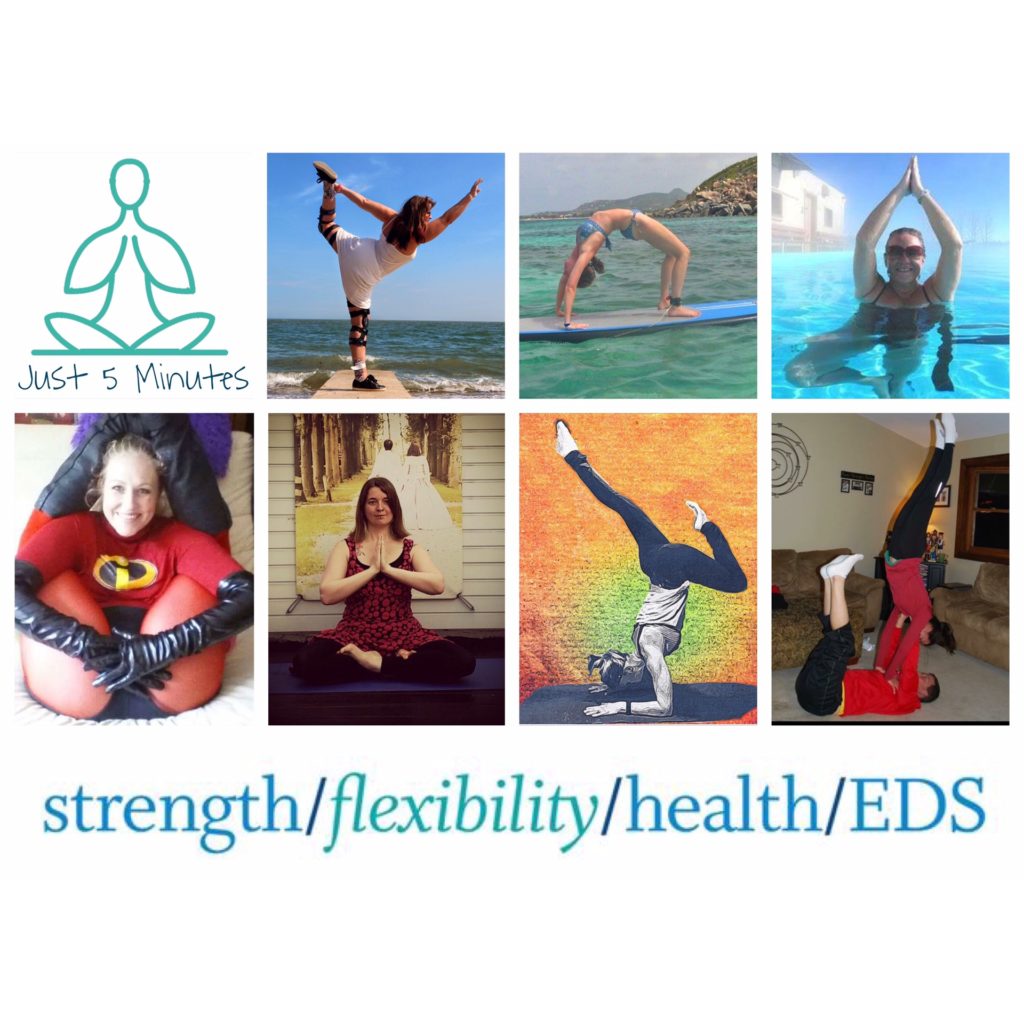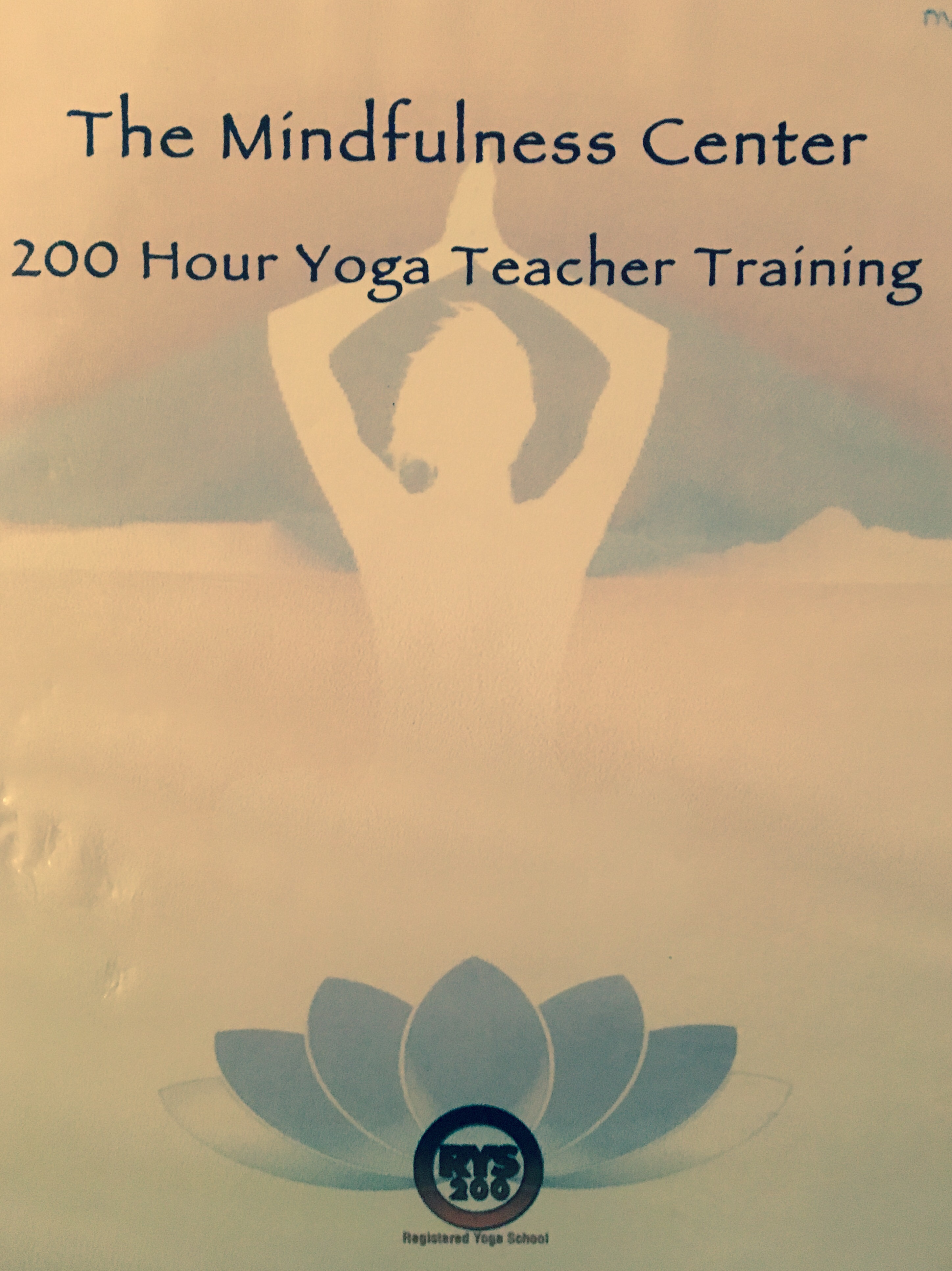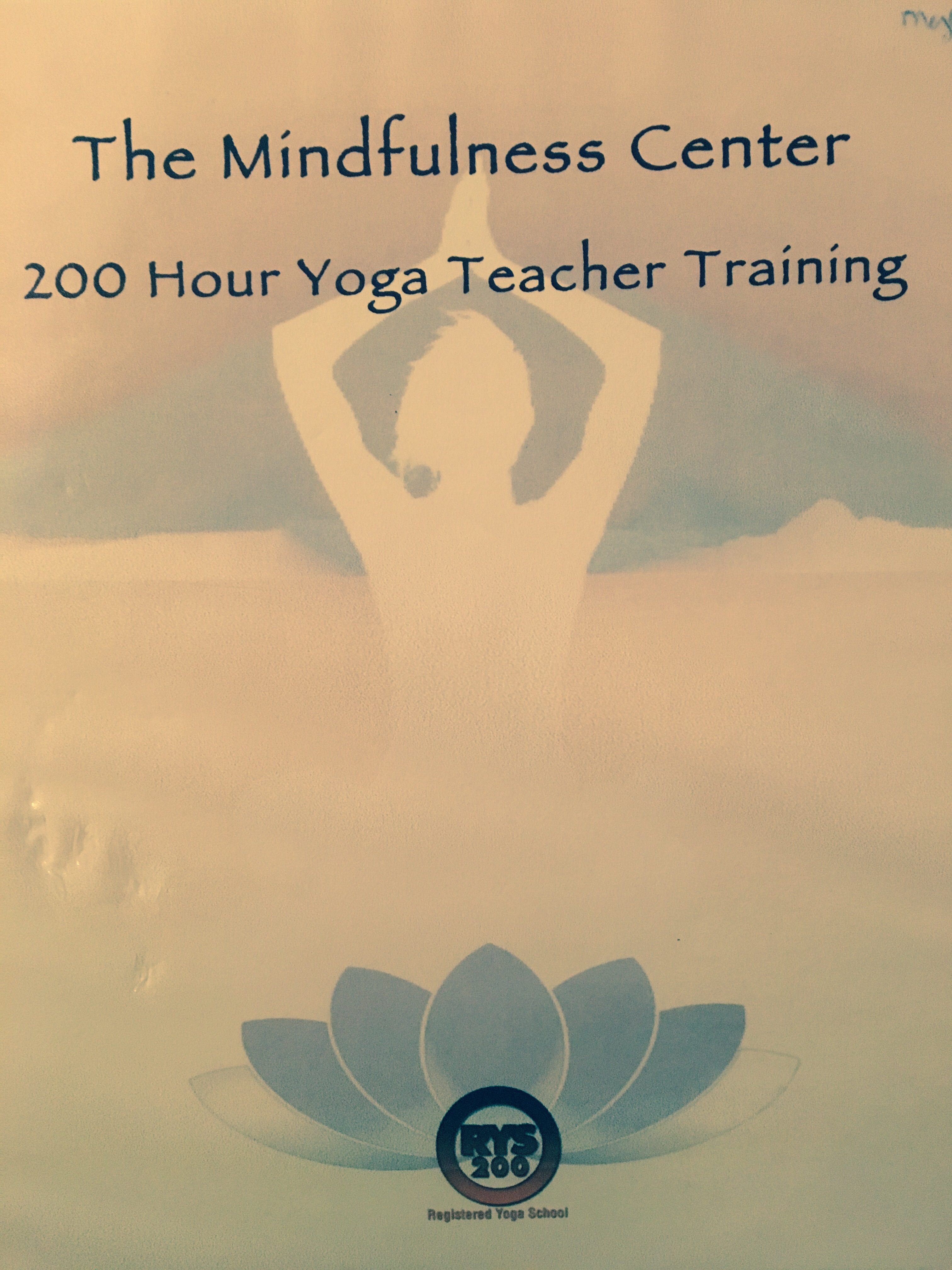Wellapalooza 2016 Retreat Registration Information
 Our 2016 Wellapalooza conference is a destination 3-day integrative health and wellness retreat. Think vacation, calm, fun, and informative – the perfect way to recharge your mind, body, and soul!
Our 2016 Wellapalooza conference is a destination 3-day integrative health and wellness retreat. Think vacation, calm, fun, and informative – the perfect way to recharge your mind, body, and soul!
Dates: June 10th – 12th, 2016
Where: Maryland – split between Bethesda and Columbia
Venues: The Mindfulness Center (Bethesda, MD), Haven on the Lake (Columbia, MD), and Turf Valley Resort (Ellicott City, MD)
Confirmed speakers:
– Dr. Clair Francomano (EDS/Genetics)
– Dr. Larry Afrin (MCAS & Author of Never Bet Against Occam: Mast Cell Activation Disease and the Modern Epidemics of Chronic Illness & Medical Complexity)
– Dr. Christine Mohrhaus Hale (Tenet Healthcare)
– Deborah Norris, Ph.D. (The Mindfulness Center)
– Rebecca Snow (Nutritionist/Herbalist/Chef)
– & more!
We will be posting additional event details as we have them, but please feel free to email info@wellapalooza.com with any questions.
Conditions of focus: Mast Cell Activation Disorders (MCAD), Ehlers-Danlos Syndromes (EDS), how these conditions relate to each other, and to other common chronic medical conditions.
Food: We will be providing snacks and drinks, but will NOT be providing meals. Due to the multiple sensitivities that so many of us have, we chose to minimize the chance of reactions, which also allows us to keep the registration cost low. There is a Whole Foods one floor above Haven on the Lake, several food options within a few yards of The Mindfulness Center in Bethesda, MD, and other food on the Turf Valley Resort property. Additional details will be listed on the Wella website and Facebook pages.
Sponsors: The Mindfulness Center, Haven on the Lake, Turf Valley Resort, Whole Foods, and more!
What is Wellapalooza?
The best integrative health and wellness conferences (& retreats!) ever!
Wellapalooza believes in integrative healthcare, utilizing the benefits of Western medicine, with the integrative approaches of Eastern medicine in managing chronic health conditions.
We are MORE than a typical health conference.
Wellapalooza integrative health and wellness conferences believe in bringing education, “how to” help and fun to the people who need it the most.
We provide you with informative, reputable and updated information on how to manage chronic conditions from community thought leaders, as well as instruction on how to approach various alternative therapies while focusing on what you can do versus what you can’t.
We bring doctors, therapists, healers, body workers, nutritionist, wellness practitioners and exercise moderators together for YOU all in one place. Wellapalooza offers workshops, active seminars (you will not just sit there), interesting presentations, and various additional activities to enjoy on your own while attending a conference.
Wellapalooza is the ticket to laying a strong foundation for your body’s journey to greater overall health and wellness.
THIS is how Wellapalooza is different – Integrative. Mind/Body focused. Fun.
Our 2016 Wellapalooza conference is a destination 3-day integrative health and wellness retreat. Think vacation, calm, fun, and informative – the perfect way to recharge your mind, body, and soul!
DWellapalooza is the ticket to laying a strong foundation for your body’s journey to greater overall health and wellness.
THIS is how Wellapalooza is different – Integrative. Mind/Body focused. Fun.
Key details are listed below, but more announcements are coming soon!
Total cost estimate for all three days is $300; however, if you purchase the 3-day retreat ticket, you will receive a discounted rate of $275 for all three days. You also have the option to pay for a specific day. Attendance rates per day range from $75-$125 depending on the day.
You will have “free time” to enjoy the facilities. The intent is that you will use this time to make spa and salt cave appointments, use the healing environments, and try the various classes that Have on the Lake and The Mindfulness Center offer.
Both The Mindfulness Center and Haven on the Lake have generously provided a fantastic discount to access their facilities all day. The discounted cost will be part of your registration ticket each day. Prices include daily access to Have on the Lake’s and The Mindfulness Center’s amenities, the salt cave and other healing environments at Haven on the Lake, and classes at both venues on the day of attendance.
Your registration also covers all Wellapalooza presentations, seminars, and private group classes, the keynote presentation on Saturday evening – a dinner option will not be offered due to cost.
Haven on the Lake also has a fantastic spa, as does Turf Valley Resort. The Mindfulness Center also offers wellness services. All spa and wellness appointments are NOT part of your Wellapalooza retreat registration, but we will provide you details on how to make appointments at your convenience.
Sign-ups for classes and the salt cave will be done day-of at Haven on the Lake, since priority access is provided to members. Similarly, The Mindfulness Center has a certain number of spots for Wellapalooza attendees in all three non-Wellapalooza private group classes offered on Friday.
Spa and wellness appointments should be made in advance at any of our venues. We will provide details on how to sign-up for spa and wellness appointments, salt cave reservations, and for classes at each venue very soon.
Hotels and food, other than snacks and drinks provided as part of Wellapalooza 2016 or one of our presentations, will be the responsibility of each attendee . For food specifically, there’s a massive Whole Foods one floor above Haven on the Lake, and there’s plenty of parking for both.
Haven on the Lake also offers childcare for an additional and separate charge. Wellapalooza attendees will have access to Haven’s childcare facility, but reservations are required. More details will be provided soon.
Turf Valley has graciously offered to hold a room block of 3 rooms (we can request more if needed) at a discounted rate of $144 per night for an executive king or double room for Friday – Sunday. Rooms in the room block first come, first, serve.
If you would like to reserve a room for Wella weekend 2016, please make sure to call before May 20th, 2016. Otherwise, any remaining rooms left in the room block will be released, and discounted pricing is not guaranteed, nor is the executive king room. To make a room reservation at Turf Valley for Wellapalooza 2016 weekend, please call 1 (410) 465-1500.
Turf Valley and Haven on the Lake are approximately 5 miles away from each other, and about a 30-45 minute drive to The Mindfulness Center in Bethesda, MD (location of Wellapalooza Day 1). If you would like to come in for all three days and are concerned about transportation from Turf Valley Resort or the Columbia, MD area to The Mindfulness Center for Wellapalooza Day 1 on Friday (Bethesda, MD), please let us know.
We split the locations and venues based on need, to offer people the option of daily attendance, and to try to make Wellapalooza as accessible to as many people as possible.
The Physicians Learning Lunch is NOT wrapped into the total cost of Wellapalooza for all attendees – it is a separate seminar for healthcare providers only who would like to learn about MCAS and MCAD from Dr. Afrin. Options will be offered for healthcare providers who would like to attend Wellapalooza for the full day, including access to Haven on the Lake for the day, or who would like to solely come to the Physicians Learning Lunch.
Details and event flyers will be posted soon, and we would love for you to help us spread the word!
A tentative conference schedule can be found here, but additional details, speakers, classes, seminars, and final retreat schedule will be shared as soon as possible.
We cannot get into a studio at Haven on the Lake for speaker presentations or other Wellapalooza-specific activities, until 2pm each day. The mornings through lunch will be low-key; however, the first presentation on Saturday with Rebecca Snow will be held in the Whole Foods cafe one floor up from Haven on the Lake.
Please also remember that we will do our best to consider the sensitive nature of our broader chronic illness community; however, we cannot guarantee an absolutely safe environment for everyone. Attendance is at the risk of each attendee. We are all responsible for doing our due diligence to ensure that we make the best judgment for our bodies.
We will be recording all presentations, and will live streaming portions of Wellapalooza 2016 (not full presentations) and live tweeting during the conference.
We are also looking into a virtual attendance option – virtual attendance is not guaranteed to for this Wellapalooza. If we are able to put it together, there will be a virtual registration fee to be able to attend online. More details coming soon!
The Mindfulness Center is also offering a 10% off discount for Yoga Teacher Training program – the same program that Wellapalooza’s owner is currently going through.
Additional seminars and classes that may be included in the final Wellapalooza 2016 schedule (no guarantee):
– Natural Movement and at home physical therapy approaches for hypermobility, chronic pain, and related conditions (i.e., How to move more and move better, even for “Just 5 Minutes” a day at home and on your own).
– Breathwork class
– Women’s Health – Chronic pelvic pain conditions and how they relate to EDS and MCAS
– Hormones and Thyroid disorders presentation and discussion
– Reiki
– Salt Cave Apts. or Hope Floats appointments for Friday Wellapalooza attendees
– TTapp or Melt Method workout
– Acupuncture
– Skin Care & Hair Care presentation and discussion
Refunds: Refunds will be made ONLY if canceled seven days before event date. If cancellations are made within the seven days before the event, NO refunds will be made. No exceptions. We have to make final payments for all venues a week before Wellapalooza 2016 and are guaranteeing the number of attendees when we make a final payment. We recommend purchasing trip insurance, if necessary.
Disclaimer: All participants come at their own risk. We are a sensitive group of people, and there is no way to ensure the perfect, safe environment that meets everyone’s’ unique needs. EDS Wellness, LLC, Kendra Neilsen Myles, or our retreat venues, sponsors or affiliates, will be not be held responsible for injuries or illnesses sustained as a result of attending Wellapalooza 2016. Your registration and payment serve as your acceptance of the terms and conditions of this event, as well as your agreement that EDS Wellness, LLC, Kendra Neilsen Myles, or any event venues, sponsors or affiliates, are not liable for injuries or illnesses sustained as a result of attending Wellapalooza 2016.

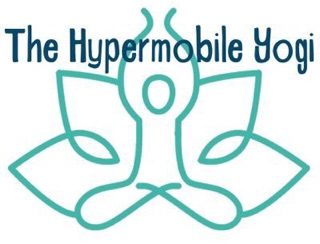


 Our 2016 Wellapalooza conference is a destination 3-day integrative health and wellness retreat. Think vacation, calm, fun, and informative – the perfect way to recharge your mind, body, and soul!
Our 2016 Wellapalooza conference is a destination 3-day integrative health and wellness retreat. Think vacation, calm, fun, and informative – the perfect way to recharge your mind, body, and soul!
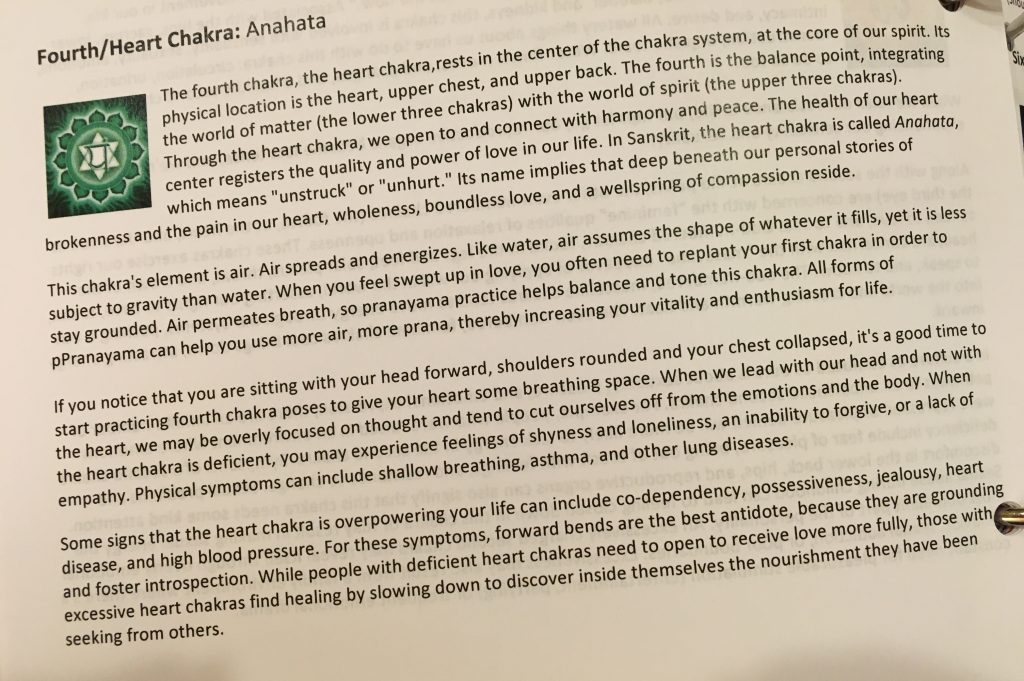
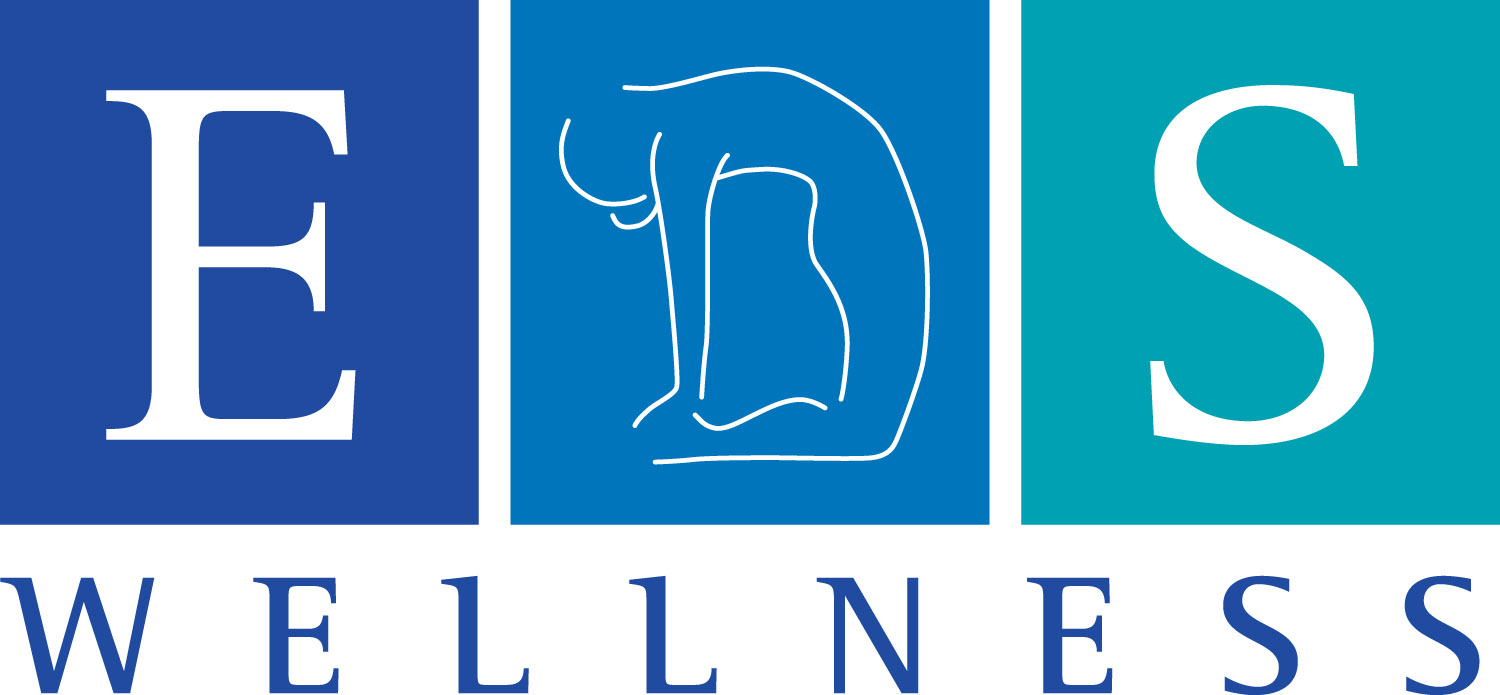


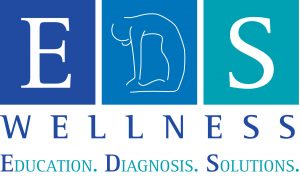
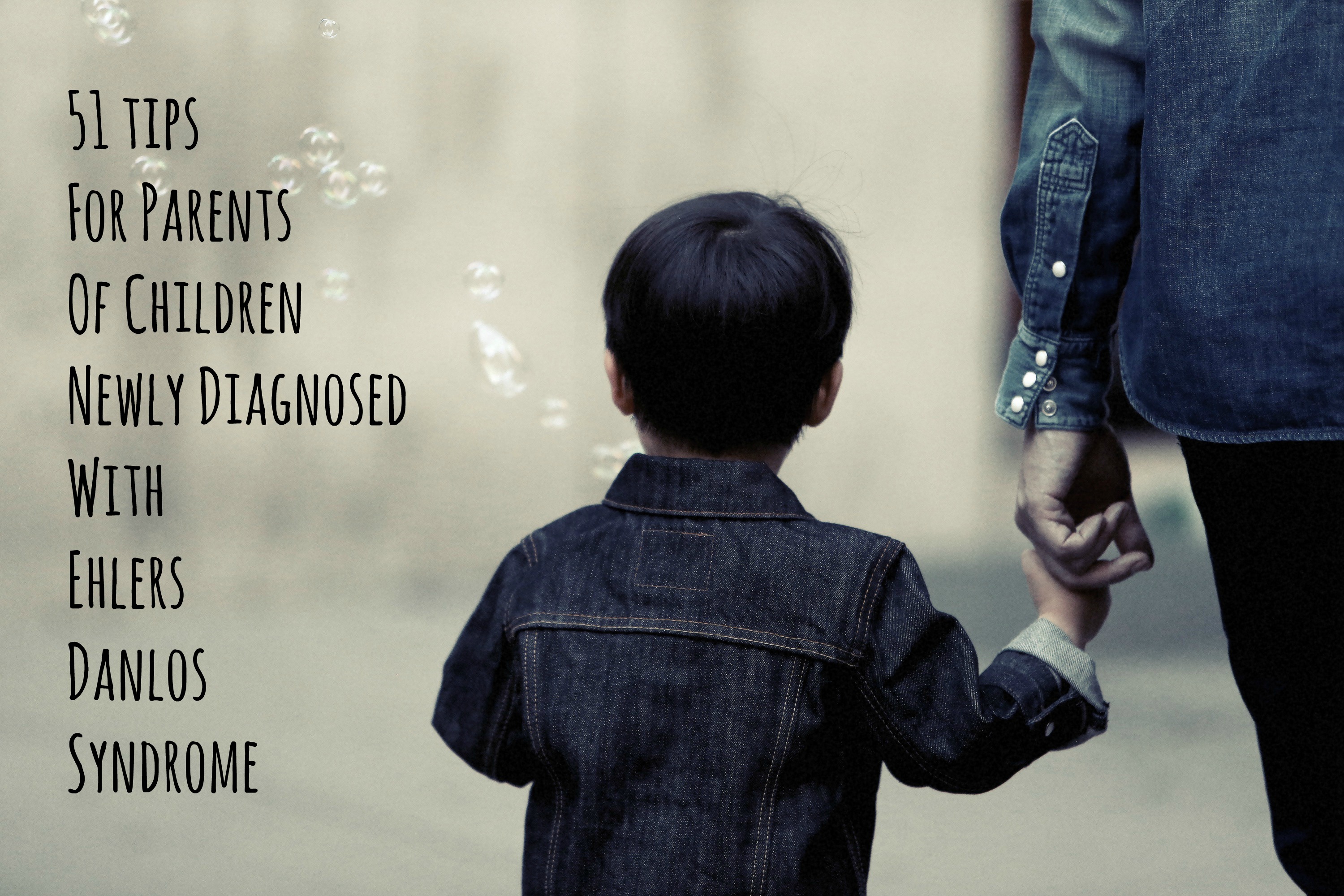

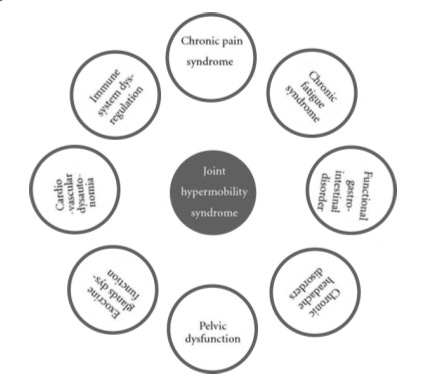
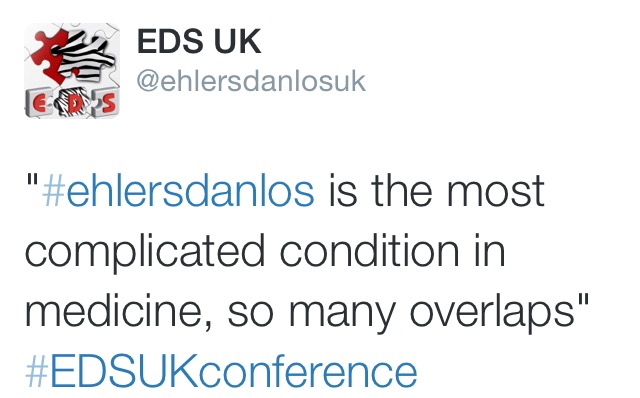



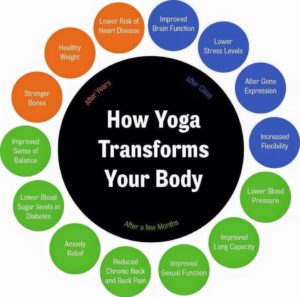 Yoga – One woman’s story on managing chronic pain from EDS
Yoga – One woman’s story on managing chronic pain from EDS